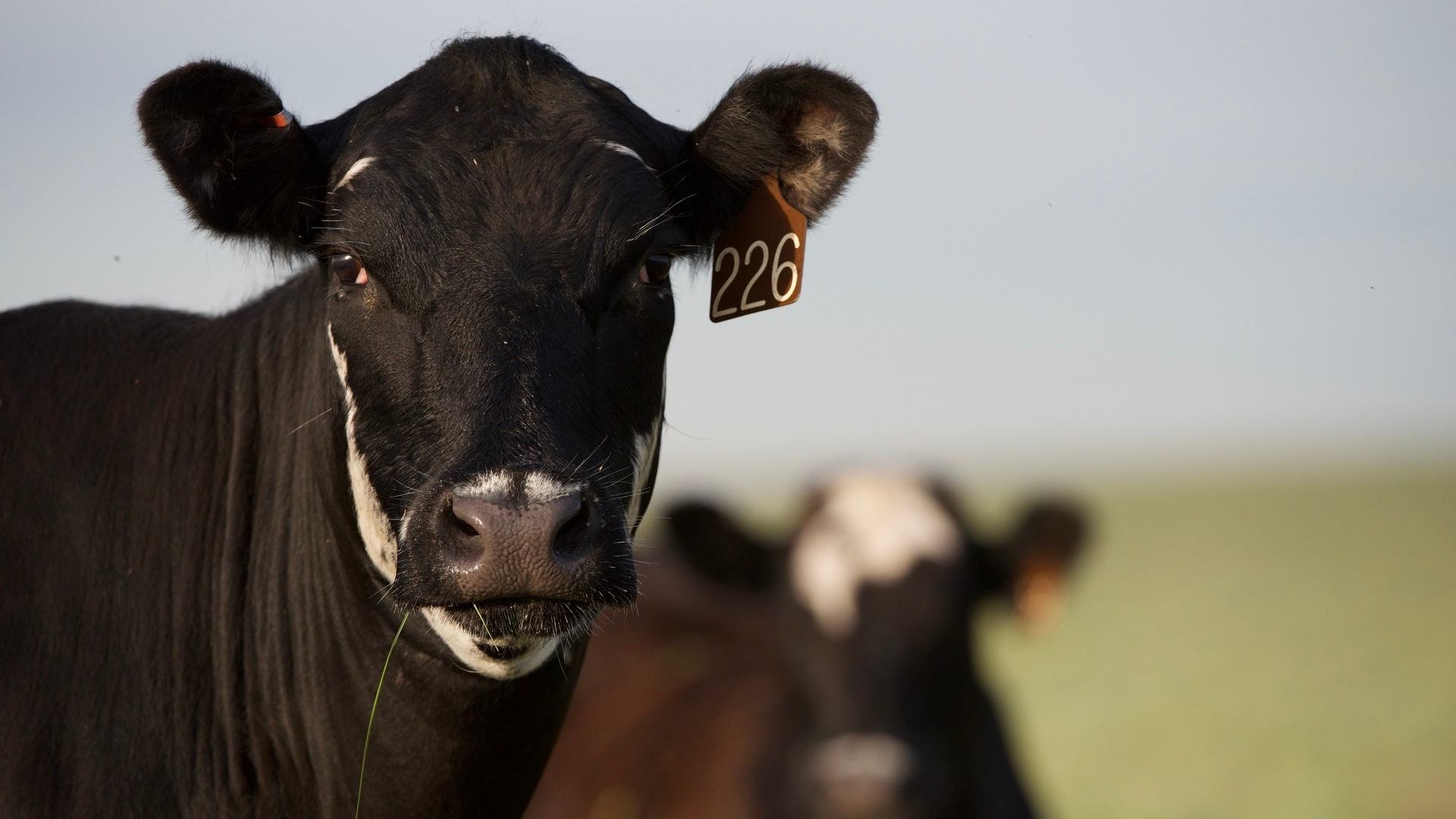The health, productivity and growth of cattle is a major issue of concern among the cattle farmers which is generally influenced by the infestation of parasites in the cattle. The reduction of weight gain, the impossibility of milk production, and even serious illnesses are the consequences that parasites (external and internal) may bring in case they are not dealt with accordingly. It is of essence that a farm is productive with a healthy environment with proper measures to control parasites. By understanding the causes, and the methods of averting this type of scenario, farmers are able to ensure that their cattle are healthy and strong.
Understanding Parasite Types
There are also numerous parasites that infect cattle and can attack different parts of the body. These internal parasites as worms inhabit the digestive system and can cause deficiencies of nutrients and digestive problems. External parasites like ticks, lice and flies are parasites that irritate and introduce diseases. One should be aware of the species of the parasites that afflict the herd in order to select the most appropriate way of controlling them.
Various parasite species have different life cycles and behaviors and this dictates how the infestations develop and spread. One such thing is that there are worms that develop in the pastures and therefore lead to the contamination of the grazing fields and ticks have the potential to live in the dark or moist areas of the farm. Identifiability of the nature of the parasite and its optimal habitat may help the farmers to take certain precautionary measures that may minimize the risks and restrict the overall infestations.
Maintaining Clean Living Areas
Barns, pens, and feeding space are also important in controlling the parasites as a result of their cleanliness. The frequent clearing of waste and manure decreases the habitat in which the parasites live. Cattle troughs, where the animals drink water, should be well sanitized to avoid the spread of the inside parasites by way of water sources being contaminated. Maintaining water and feeding facilities clean will prevent the growth of parasites and promote the health of the herd.
Besides habitual cleaning, farmers are supposed to make sure this is well drained in the barns and grazing fields. Stagnant water may be a breeding ground of flies and other external parasites and wet bedding may harbor lice and ticks. Keeping the living environments clean and dry also prevents the exposure to parasites, as well as unnecessary chemical treatments.
Implementing Pasture Management
The concept of pasture rotation helps to limit the infestation of cattle with parasites. When the farmers relocate the herd over the various grazing fields, they break the life cycles of parasites that are polluting the grass. Pastures should be left to dry, where the eggs and the larvae of parasites will die before cattle can get back, reducing chances of substitution. Grazing patterns should also be done properly to enhance the quality of the pastures, and assist in giving the herd better nutrition.
It is also necessary to monitor the health of pastures to tell where parasites can be successful. Larvae and eggs would be more likely to be present in wet, shaded, or overgrazed areas. The frequent rotation of cattle and the control of pasture density by the farmers provide a less favorable environment to the survival of parasites, leading to healthier livestock and increased pasture production.
Using Veterinary Treatments Effectively
Proper administration of anthelmintics and other veterinary drugs is important during the control of parasites. Using dewormers in line with veterinary recommendations will make sure that internal parasites are put under control without developing resistance. The frequentity of treatment schedules along with fecal tests can also assist in determining the need and time of intervention to be applied to the herd.
Chemical treatments should be complemented by natural and preventive ones. Excessive use of drugs may result in strains of parasites being resistant to use, and parasites become more difficult to manage. A veterinarian can be hired to develop a comprehensive parasite management program that will keep the herd healthy in the long-term and make its treatments effective.
Monitoring Herd Health
It is important to observe the behavior and physical state of cattle regularly to identify the problem of parasites early. Indications of possible infestations include weight loss, poor coat, loss of appetite and appearance of skin irritations. Early detection of issues will allow the farmers to act timely to avoid serious health outcomes to reduce economic losses.
The regular health examination along with record keeping enables farmers to monitor trends and determine patterns of parasite exposure. Recording of treatment response, pasture rotation and environmental environment assists in the improvement of management strategies with time. Regular observation establishes a proactive strategy that keeps parasite infestation down in control and the long-term wellbeing of the herd.
Conclusion
The prevention of infestation in cattle with parasites consists of a complex of preventive treatment, good sanitation, work on the pasture, and targeted veterinary intervention. By keeping living quarters clean such as cattle troughs well sanitized and by having pasture rotated interferes with the life cycles of the parasites. Follow-ups on the state of the herd and collaboration with veterinarians also contribute to the improvement of control measures. Through such practices, farmers will be able to save their cattle, increase their productivity, and general success of their farm activities.

